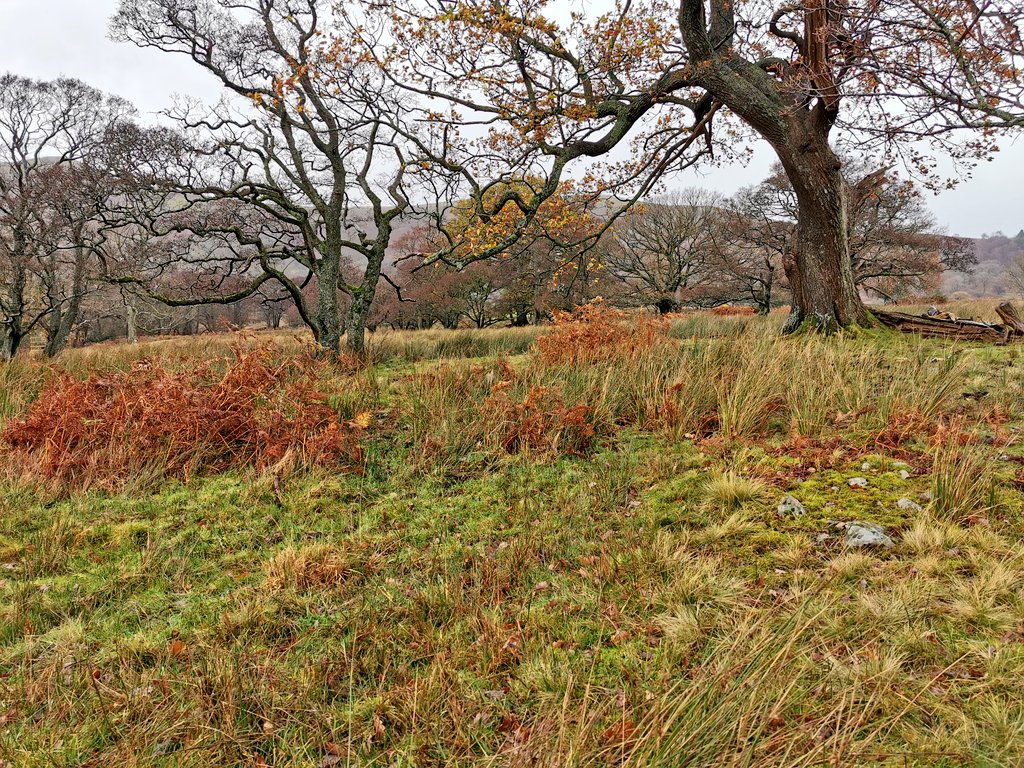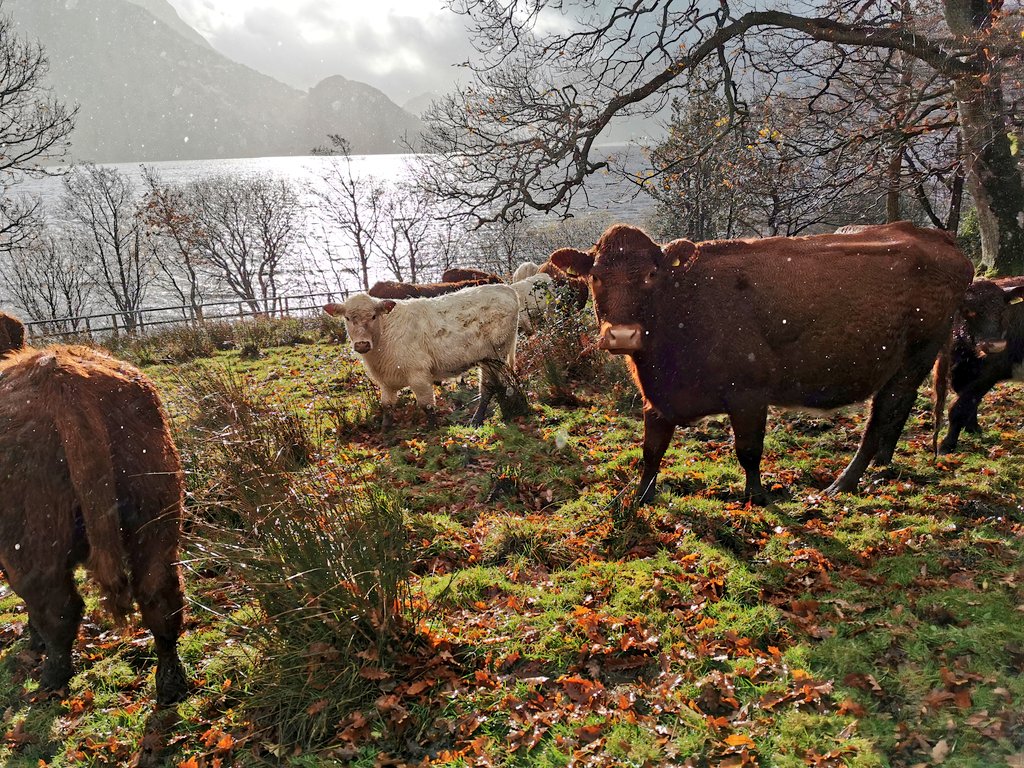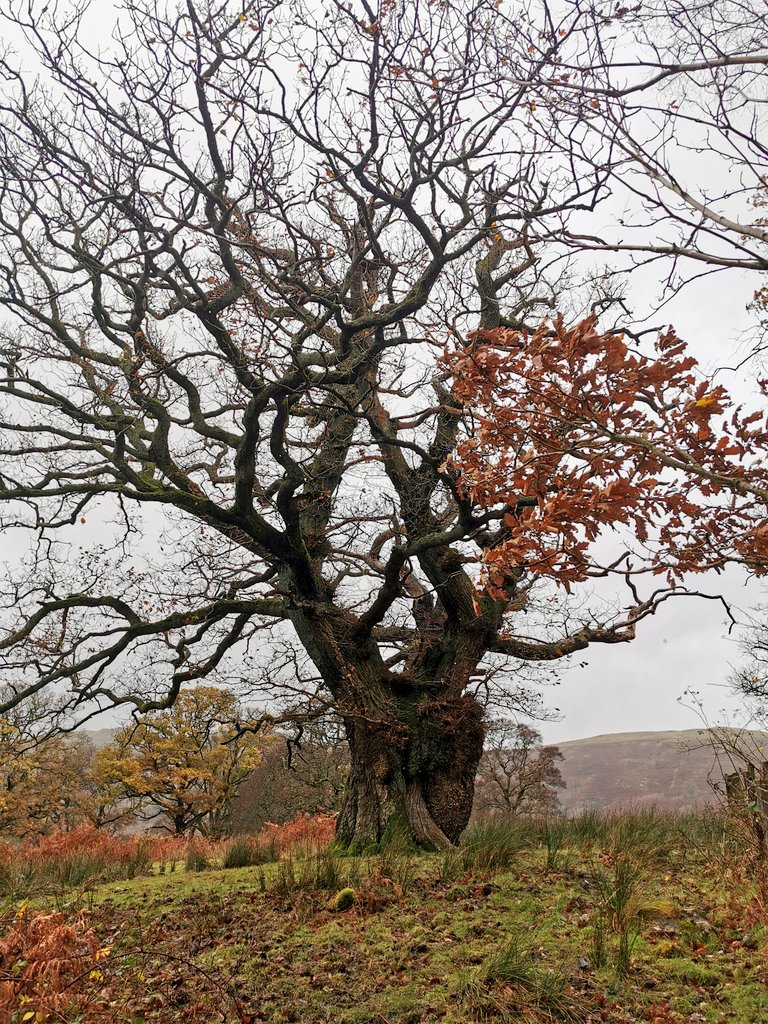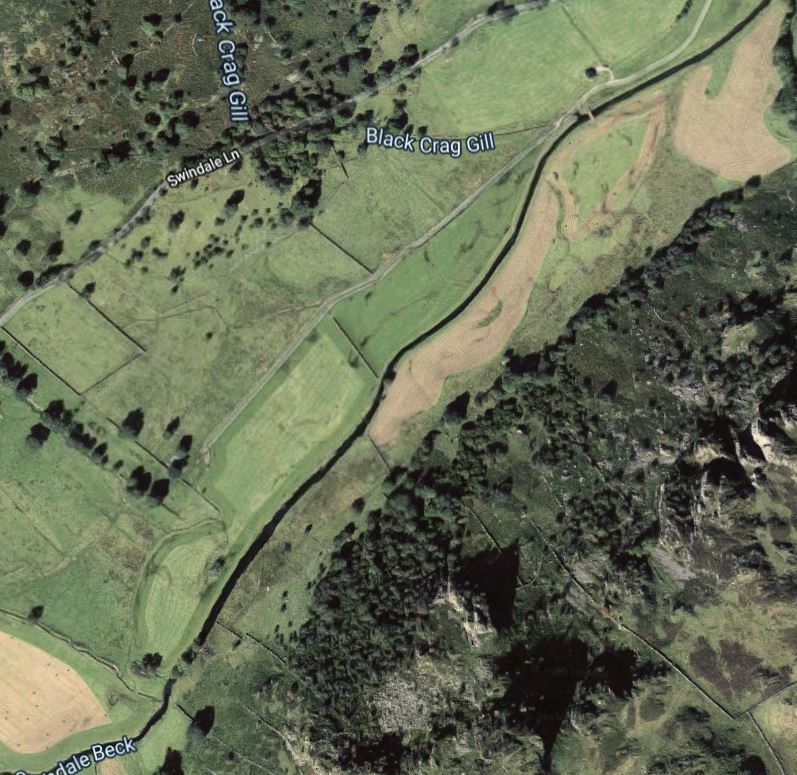
Having grown a bit sick of the silly conservation vs farming narrative, last year I started on a series of articles about farmers doing great things for #nature in #Cumbria. I didn't do one on @herdyshepherd1, but thankfully, I had lots of other farms to choose from. (THREAD) 

First up (unsurprisingly) was @wildhaweswater, where I'm lucky enough to work as site manager. We are hoping to show how sustainable upland farming can work alongside ecological restoration. We're learning lots in the process. @Natures_Voice leeschofield.co.uk/farming-with-n…
Next, I visited Sam & Claire at @gowbarrow, on the beautiful shores of Ullswater. They're doing brillinat regenerative farming, with cattle, pigs and ponies. leeschofield.co.uk/farming-with-n…
@wildennerdale was my next stop. It might not be farming as many people recognise it, but livestock are a key part of how the valley is cared for. leeschofield.co.uk/farming-with-n…
Dalefoot Farm (@DalefootCompost), just up the road from @WildHaweswater was next. They have diversified into producing #peatfree compost out of bracken and sheep's wool, as well bog restoration. They are thinking way outside the box.
leeschofield.co.uk/farming-with-n…
leeschofield.co.uk/farming-with-n…
I headed back to #Ullswater for the next installment. Glencoyne Farm, owned by @nationaltrust and tenanted by Sam & Can Hodgson since 1995, has a spectacular chunk of wood pasture, perhaps the ultimate union of farming and wildlife.
leeschofield.co.uk/farming-with-n…
leeschofield.co.uk/farming-with-n…
I ventured out of the Lake District for my 6th article and visited @NRenison & @Cannerfarm at Cannerheugh, on the windy flanks of the Pennines. They are regenerative farmers, par excellence.
leeschofield.co.uk/farming-with-n…
leeschofield.co.uk/farming-with-n…
Next, I stayed closer to home and paid @cumbriawildlife Eycott Hill a visit (a few minutes walk from my front door). Eycott is a great demonstration of how low input/low output farming can benefit a whole suite of upland habitats and species.
leeschofield.co.uk/farming-with-n…
leeschofield.co.uk/farming-with-n…
My final article took me south to meet @JRfromStrickley on his organic dairy farm near Kendal. The work he's doing to integrate nature into his system is properly inspiring.
leeschofield.co.uk/farming-with-n…
leeschofield.co.uk/farming-with-n…
There are loads of other people who are #farmingwithnature. I could easily have made this into a longer series. Most people accept that farming needs to change in order to help tackle the climate & nature crises. It's pretty clear that in many places, that change is well underway 

Like #rewilding, and 'traditional' conservation, nature friendly and #regenerativefarming are all vital if we are to rise to the challenges facing how we live on Earth. We don't have to choose one or the other. We can, and must, use every tool in the box. 

• • •
Missing some Tweet in this thread? You can try to
force a refresh












